A post doctoral position is available immediately at UCLA to design a chip scale spin photon memory interface with long coherence times (full abstract below). Ph.D. in physics or related field, and a strong background in experimental physics is required. Experience with MEMS devices and fabrication is an asset but not required. The main tasks will involve implementing low field pulsed microwave-optical quantum control schemes of spin valley transitions of deep donors in Si and their recoupling via cavity QED. For inquiries, or to apply (send CV and names of references), contact lsbouchard@ucla.edu Candidates without a Ph.D. but with demonstrated exceptional talent will be considered.
ABSTRACT
Quantum information processing provides a secure unbreakable network protected by the physical laws of quantum mechanics. Quantum key distribution, for example, provides fundamentally secure photon communication channels through the no-cloning theorem and the one-time key pad between the sender and receiver, wherein the eavesdropper in the communication channel can be immediately detected. The general figures-of-merit in an optical quantum network are the secure key rate (in single-photon qubits per second) and the channel physical distance (up to ~ 100 km as the record). Various protocols in quantum key distribution, such as through high-dimensional entanglement and chip-scale photonic integration, have further increased the secure key rate. Improving the qubit physical transmission distance, however, requires the development of a scalable, long-coherence, and high-fidelity quantum memory for the quantum network. Furthermore, a quantum memory module, in a two-node configuration, can provide the long-awaited scientific milestone of a quantum repeater -- scaling the quantum network distance to metropolitan and even continental scales. This project aims to develop a chip-scale silicon qubit memory based on the nuclear spin-photon interactions of deep-donor selenium-77 in an ultrapure silicon-28 background. The project is enabled by recent discovery of a hyperfine nuclear transition of 77Se+ that is remarkably optically accessible (previously thought to be forbidden from effective mass theory). Long coherence time of the nuclear spin qubit up to a second has recently been reported. With the hyperfine spin structure addressable by microwave modulation, on-demand photon storage and dynamical improvement of the storage can even be possible. This scientific effort brings a quantum network towards realization, supported in a silicon-based architecture for quantum information processing.
This project aims to advance the deep-donor 77Se+ in an ultrapure enriched silicon-28 bath, with optical-microwave simultaneous control and dephasing times T2 up to a second, in a chip-scalable quantum
memory interface. Firstly, we seek to implement the 28Si:77Se+ system in a photonic crystal microcavity, significantly improving the radiative efficiency and photon extraction in the nuclear spin- photon interaction. We will examine the cavity Purcell enhancement of radiative lifetimes, as well as seek to understand the non-radiative mechanisms along with the zero-photon line bounds. Secondly, we will examine the coherence lifetimes of the 28Si:77Se+ qubit through spectroscopic methods. This involves spin-relaxation (T1) protocols, the inhomogeneous coherence times (T2 and T2*), as well as qubit instantaneous diffusion. Thirdly, we propose to implement the 28Si:77Se+ hyperfine spin-photon interface as a quantum memory on the quantum node architecture. This scalable quantum memory module enables a transformative platform in optically-accessible long nuclear spin coherence, through a silicon quantum information processing architecture.
